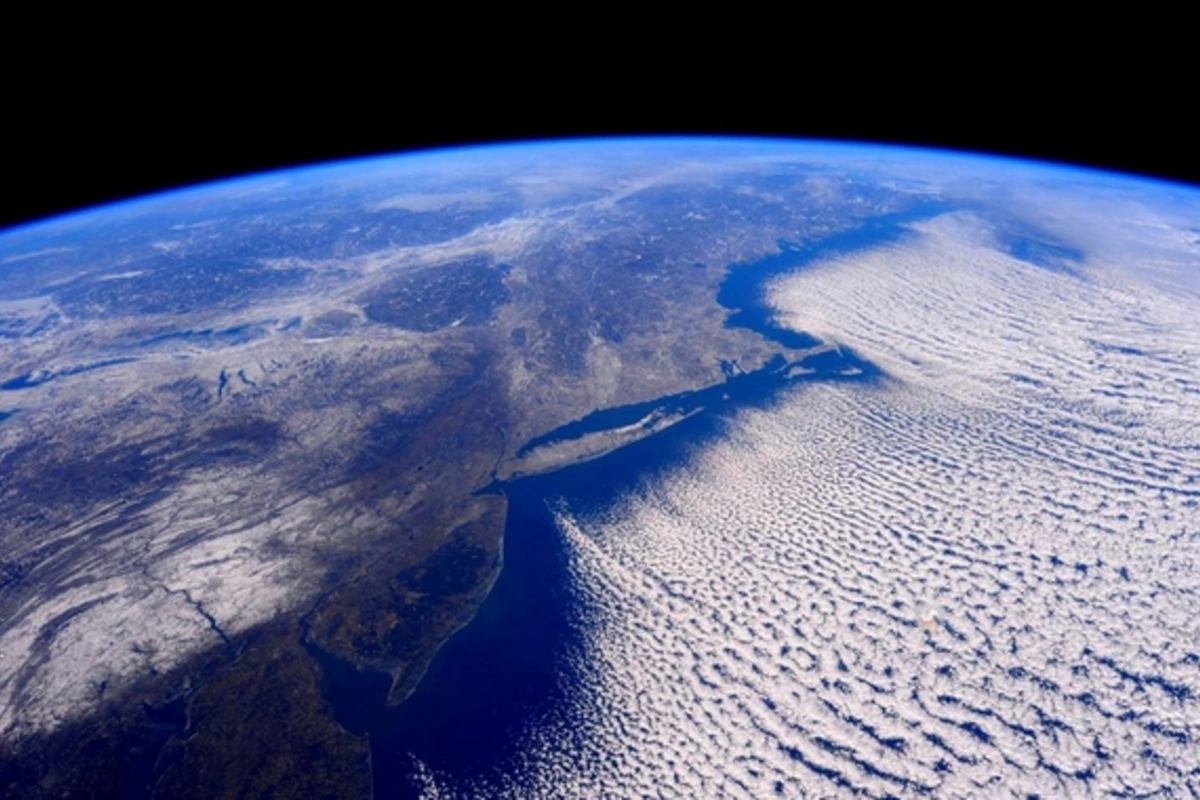21 May , 16:59
0

Ice threat: even with "safe" warming of 1.5 degrees, millions of people could become climate refugees
A disturbing discovery by international scientists calls into question existing notions of "safe" limits of global warming. Even if humanity manages to keep temperature rise within 1.5 degrees Celsius, the melting of the Greenland and Antarctic ice sheets could lead to catastrophic sea level rise and cause unprecedented population migration, CNN reports.
Researchers conducted a comprehensive analysis, combining satellite observation data, climate models, and geological evidence. They used everything: from ice cores and deep-sea sediments to DNA of marine organisms to determine the critical warming threshold for the stability of polar ice sheets.
The scientists' conclusions give serious pause for thought. The world is confidently moving toward warming by 2.9 degrees by the end of the century, but even the current level — about 1.2 degrees — could be a point of no return. The study, published in the journal Communications Earth and Environment, indicates that ice sheets may begin to rapidly decline even if current temperatures are maintained.
The scale of the potential threat is mind-boggling. The ice masses of Greenland and Antarctica contain such a volume of fresh water that their complete melting would raise ocean levels by 65 meters. Since the 1990s, the rate of ice loss has increased fourfold — now about 370 billion tons of ice disappear annually, which has become the main factor in sea level rise. Over the past three decades, the rate of this rise has doubled.
Scientists warn: even warming to 1.5 degrees could trigger processes irreversible on human timescales. By 2100, sea levels could rise at a rate of about 1 cm per year, leading to an increase of more than a meter over a century. The consequences will be dramatic: hundreds of millions of people will be forced to leave coastal areas, and the infrastructure of many cities will be at risk of flooding.
Glaciologist Chris Stokes from Durham University, one of the study's authors, makes no secret of his pessimism: "We are already seeing the worst predictions come true. There is little that can give us hope. At best, we face a slow and steady rise in sea level."
Previous estimates suggested that significant melting would begin with warming of 3 degrees, but new data lowers this threshold to 1.5 degrees, and possibly to 1.0. To prevent glacier destruction, the world needs to radically reduce emissions, which so far seems unlikely: most countries continue to actively use fossil fuels.
Despite the grim forecasts, scientists emphasize: every tenth of a degree matters. "Limiting warming to 1.5 degrees is a crucial goal. It won't stop sea level rise completely, but it will help significantly slow down its catastrophic consequences," Stokes concludes.